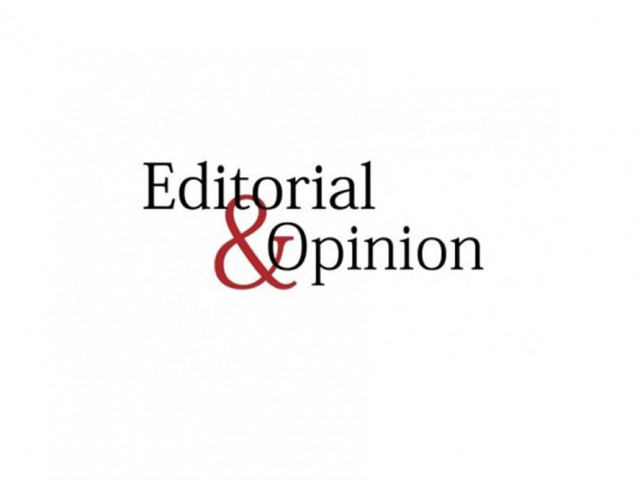Understandably cautious
The bank's decision to stick to the current rate is pretty understandable.

Exercising the much-needed caution, the State Bank of Pakistan has kept its benchmark policy rate unchanged at 12%. This snapped the rate-cutting cycle that saw the interest rate go down by 1000 basis points in six intervals since June 2024. With the year-on-year inflation collapsing from 38% in May 2023 to just 1.5% in February 2025 amid an overall macroeconomic stability, marked by favourable figures of remittances and exports, there was a clear room for a further cut in the policy rate. But the central bank opted to wait.
The bank's decision to stick to the current rate is pretty understandable. True that inflation has come down, but it has much to do with the low base effect. A low inflation rate does not mean that prices are falling, but that they are rising at a slower pace. Also, the stability on the external sector has – besides rising remittances and exports – much to with debt rollovers and financing from friendly countries.
As per the SBP's assessment, core inflation was proving to be more persistent at an elevated level; thus, an uptick in the food and energy prices might lead to an increase in overall headline inflation, as measured under CPI. The bank's decision to keep the interest rate unchanged is thus based on "the risks posed by the inherent volatility in these prices [of food and energy] to the current declining trend in inflation".
The central bank also took into account "some pressures on the external account [that] emerged due to rising imports amid weak financial inflows." It is to be noted that from January 2025 onwards, the growth in imports has accelerated while the growth in exports has stalled as a result of which the current account slipped into deficit – of $420 million – in January 2025.
The SBP's caution is rightly rooted in a strategy to avoid a bust that follows a period of boom as a recurring feature of our economy.













COMMENTS
Comments are moderated and generally will be posted if they are on-topic and not abusive.
For more information, please see our Comments FAQ